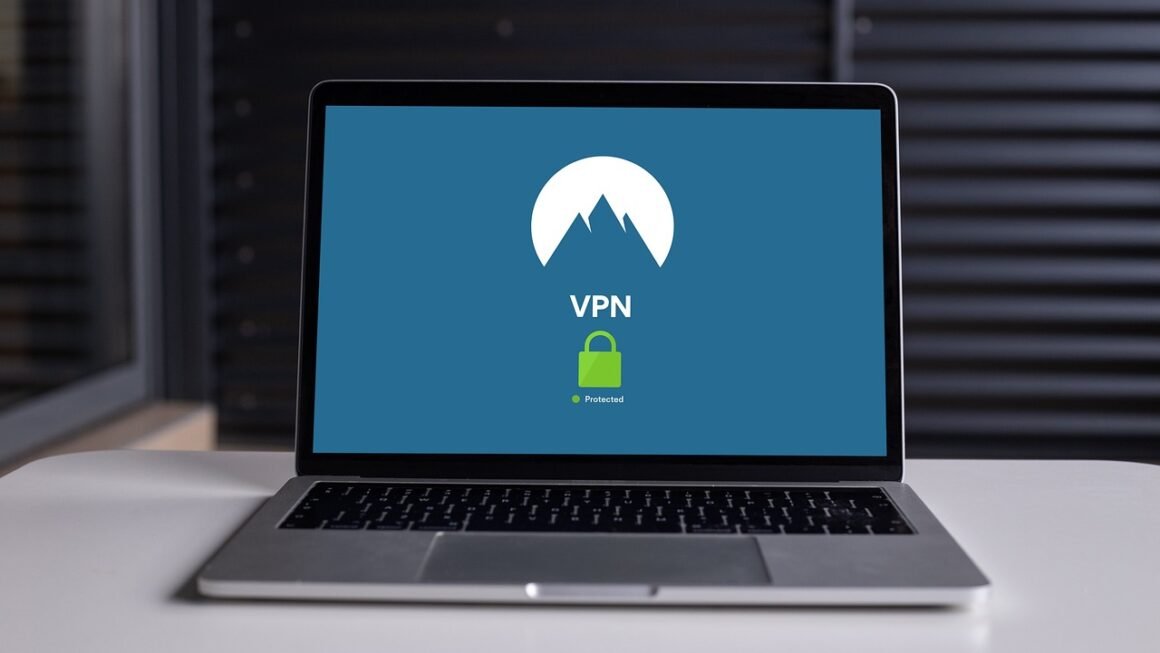Crafting a robust cybersecurity posture in today’s digital landscape demands more than just firewalls and antivirus software. A well-defined cybersecurity policy acts as the foundation for protecting your organization’s valuable assets, ensuring compliance, and building a culture of security awareness. This comprehensive guide will explore the essential elements of cybersecurity policy, providing actionable insights and practical examples to help you develop a strategy tailored to your specific needs.
What is Cybersecurity Policy and Why is it Important?
Defining Cybersecurity Policy
A cybersecurity policy is a set of documented rules, procedures, and guidelines that an organization uses to protect its information assets from unauthorized access, use, disclosure, disruption, modification, or destruction. It’s more than just a set of “best practices”; it’s a comprehensive framework that outlines the responsibilities of everyone within the organization.
Why Your Organization Needs a Strong Policy
- Protection of Sensitive Data: Safeguards confidential customer information, intellectual property, and other critical business data.
- Compliance with Regulations: Helps meet legal and industry-specific requirements like GDPR, HIPAA, PCI DSS, and CCPA. Failure to comply can result in hefty fines.
- Improved Security Posture: Provides a structured approach to identifying and mitigating risks, reducing the likelihood of successful cyberattacks.
- Enhanced Incident Response: Establishes clear procedures for responding to security incidents, minimizing damage and recovery time.
- Employee Awareness and Training: Raises awareness among employees about security threats and best practices, turning them into a first line of defense. According to IBM’s 2023 Cost of a Data Breach Report, human error is a significant factor in data breaches.
- Business Continuity: Ensures business operations can continue even in the event of a security incident.
- Cost Savings: Proactive security measures are more cost-effective than dealing with the aftermath of a data breach. The average cost of a data breach in 2023 was $4.45 million.
Key Components of a Comprehensive Cybersecurity Policy
Acceptable Use Policy (AUP)
This section defines the acceptable use of company-owned devices, networks, and internet access.
- Examples:
Specifies permitted and prohibited activities (e.g., accessing social media during work hours, downloading unauthorized software).
Outlines consequences for violating the AUP.
Details acceptable personal use of company resources.
Covers the use of personal devices on the company network (BYOD).
Access Control Policy
This section dictates how access to sensitive information and systems is granted, managed, and revoked.
- Examples:
Implements the principle of least privilege (users only have access to the information and systems they need to perform their jobs).
Defines procedures for creating, modifying, and deleting user accounts.
Enforces strong password policies (length, complexity, expiration).
Utilizes multi-factor authentication (MFA) wherever possible.
Regularly reviews and updates access permissions.
Data Security and Privacy Policy
This section addresses the storage, handling, and disposal of sensitive data, including compliance with relevant privacy regulations.
- Examples:
Classifies data based on sensitivity (e.g., public, internal, confidential, restricted).
Defines data encryption standards for data at rest and in transit.
Outlines procedures for data backups and disaster recovery.
Establishes protocols for data retention and disposal.
Addresses procedures for handling personally identifiable information (PII) in compliance with GDPR, CCPA, etc.
Incident Response Policy
This section provides a detailed plan for responding to security incidents, including detection, containment, eradication, recovery, and post-incident activity.
- Examples:
Establishes a clear chain of command for incident response.
Defines procedures for reporting security incidents.
Outlines steps for containing and eradicating malware infections.
Details procedures for restoring systems and data from backups.
Includes procedures for notifying affected parties (customers, regulators).
Vulnerability Management Policy
This section outlines how vulnerabilities are identified, assessed, and remediated.
- Examples:
Defines the frequency of vulnerability scans and penetration tests.
Establishes a process for prioritizing and remediating vulnerabilities based on risk.
Outlines procedures for patching systems and software.
* Requires regular security audits of critical systems.
Creating and Implementing Your Cybersecurity Policy
Step 1: Risk Assessment
Conduct a thorough risk assessment to identify potential threats and vulnerabilities. This assessment will inform the development of your policy.
Step 2: Policy Development
Develop a comprehensive cybersecurity policy that addresses all key areas, as outlined above. Involve stakeholders from different departments to ensure the policy is practical and effective.
Step 3: Policy Review and Approval
Have the policy reviewed and approved by senior management. This demonstrates commitment to security and ensures the policy has the necessary authority.
Step 4: Communication and Training
Communicate the policy to all employees and provide regular training on security best practices. Use engaging methods, such as workshops, simulations, and online modules.
Step 5: Enforcement and Monitoring
Enforce the policy consistently and monitor compliance. Use security tools and techniques to detect and prevent violations.
Step 6: Policy Review and Updates
Regularly review and update the policy to reflect changes in the threat landscape, business operations, and regulations. Aim for at least annual reviews.
Practical Tips for Effective Cybersecurity Policy
Keep it Simple and Clear
Avoid technical jargon and write the policy in plain language that everyone can understand.
Make it Accessible
Make the policy easily accessible to all employees, such as on the company intranet.
Lead by Example
Senior management should demonstrate commitment to security by following the policy themselves.
Encourage Feedback
Encourage employees to provide feedback on the policy and suggest improvements.
Focus on Prevention
Emphasize proactive security measures to prevent incidents from occurring in the first place.
Conclusion
A well-crafted and consistently enforced cybersecurity policy is crucial for protecting your organization from the ever-evolving threat landscape. By understanding the key components of a comprehensive policy and following the practical tips outlined above, you can build a strong foundation for a secure and resilient business. Remember that cybersecurity is an ongoing process, and your policy should be regularly reviewed and updated to reflect the latest threats and best practices. Take action today to develop a cybersecurity policy that protects your organization’s most valuable assets.



